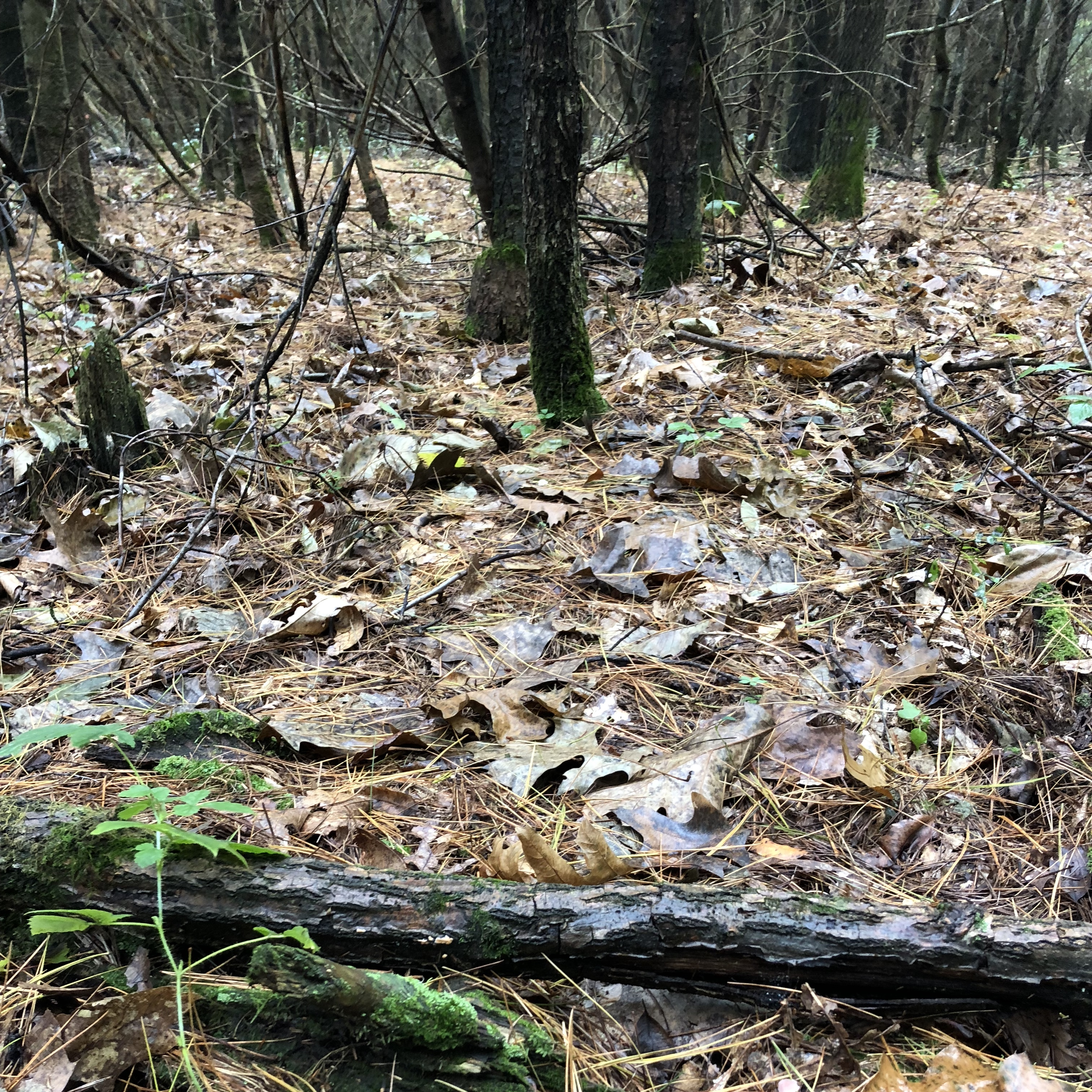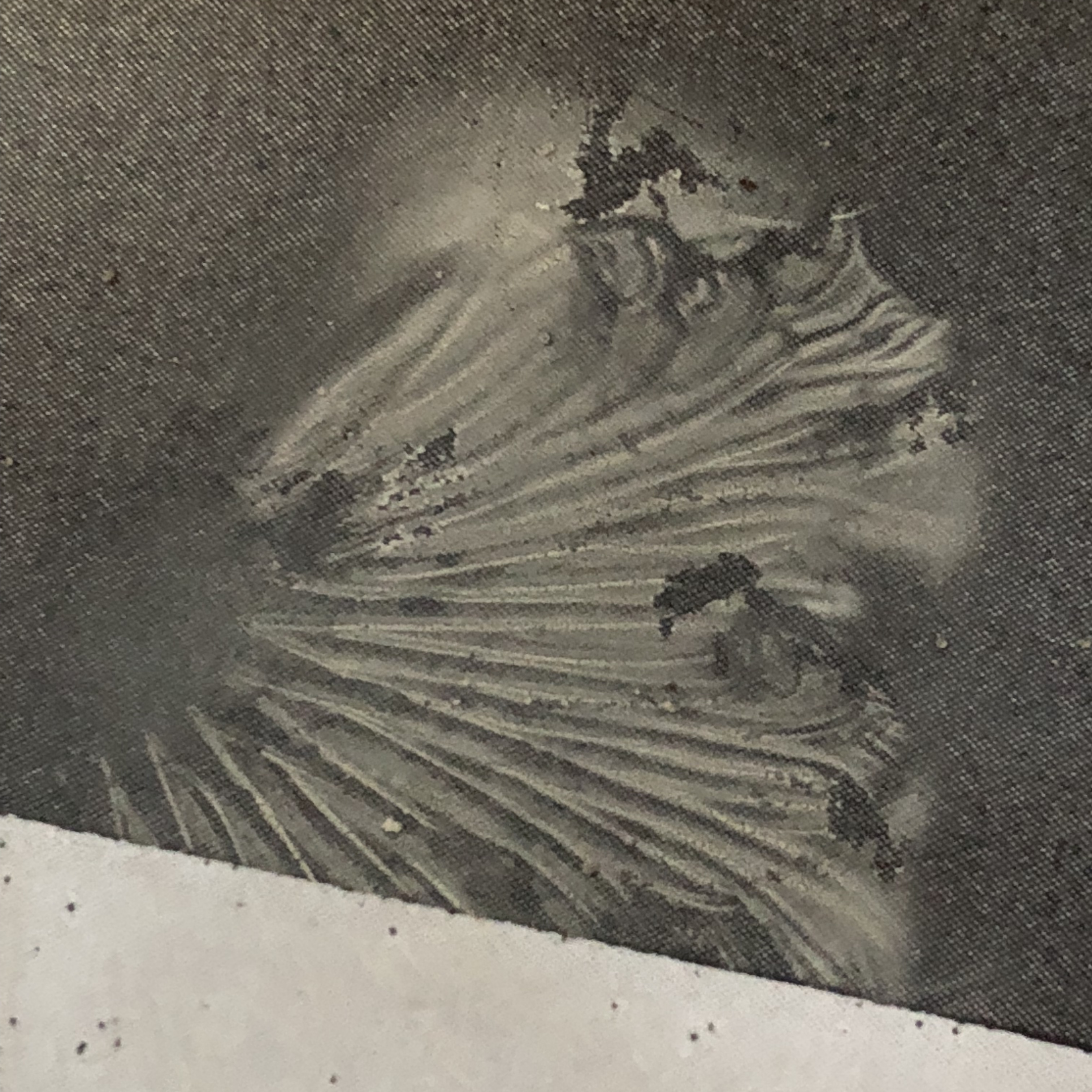Laccaria Bicolor
In 2008, Laccaria bicolor (Maire) P.D. Orton was the first gilled mushroom to have its entire genome sequenced.

In 2008, Laccaria bicolor (Maire) P.D. Orton was the first gilled mushroom to have its entire genome sequenced. Sequencing showed that the fungus was releasing small effector-type proteins, likely prompting the reorganization of tree root cells (Martin et al. 2008).
It has since served as a model ectomycorrhizal species seen in association with pine, fir, birch, and poplar trees. To this day, it is commonly added to the soil in tree nurseries to boost seedling growth (Watkinson et al. 2015).
- bicolor can be found in western North American and around the Great Lakes. The mushroom has a tan cap, convex to flat, measuring 1-7 cm in diameter, and a stem 3-10 centimeters long. The attached lilac gills and basal mycelium are characteristic of the species, but can sometimes fade to white and make older specimens difficult to identify (Kuo 2010).

The spores are white, broadly elliptical, and measure 7-9 by 6-8 micrometers. The spines can be difficult to see, measuring about 1 micrometer long (Kuo 2010).


Taxonomy
- Basidiomycota
- Agaricomycotina
- Agaricomycetes
- Agaricales
- Hydnangiaceae
- Laccaria
- bicolor
Literature
- Kuo, M. (2010, December). Laccaria bicolor. Retrieved from the MushroomExpert.Com.
- Martin, F., Aerts, A., Ahrén, D., Brun, A., Danchin, E. G. J., Duchaussoy, F., … & Salamov, A. (2008). The genome of Laccaria bicolor provides insights into mycorrhizal symbiosis. Nature, 452(7183), 88.
- Watkinson, S. C., Boddy, L., & Money, N. (2015). The fungi. Academic Press.



 Print
Print Email
Email




